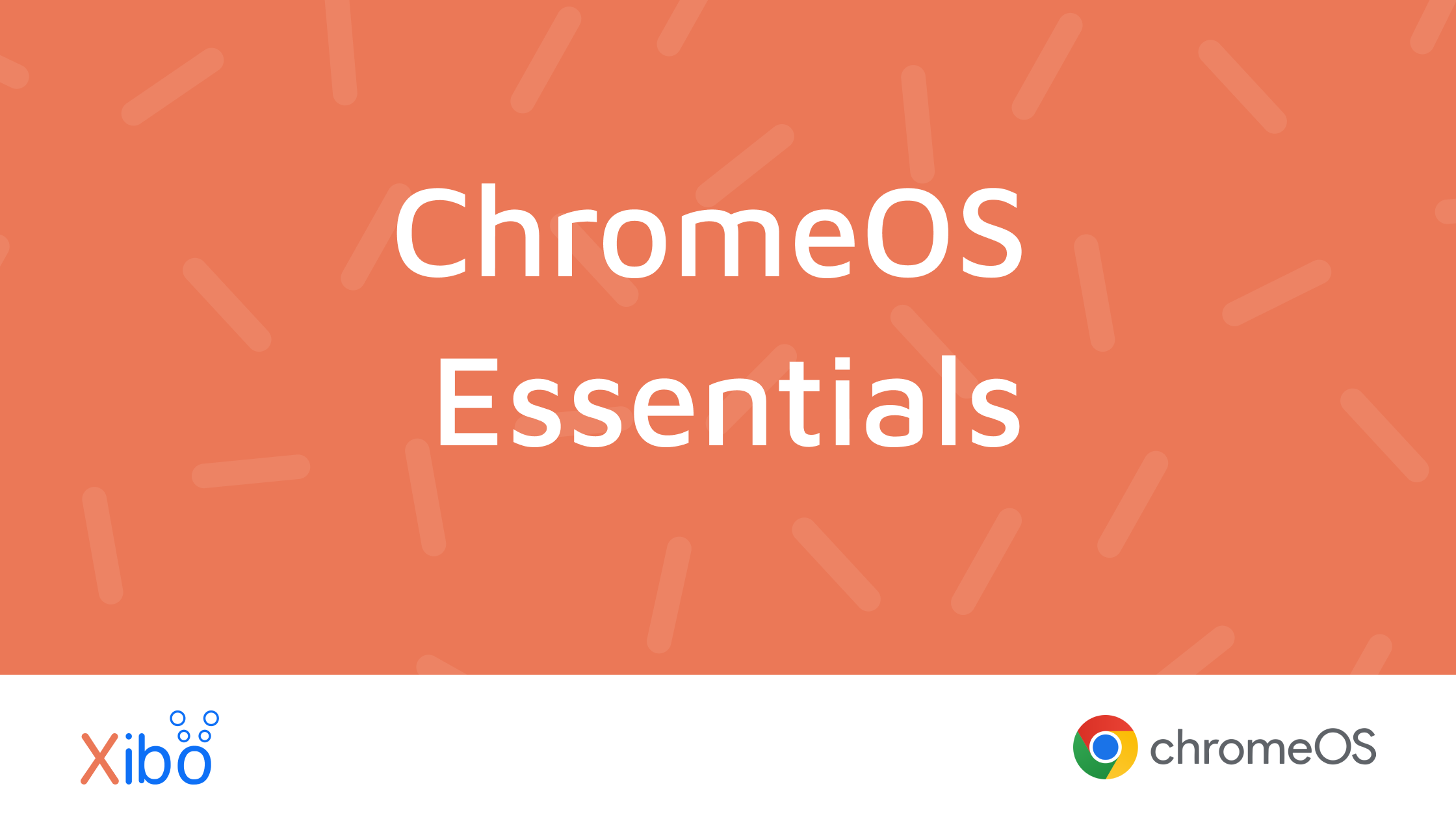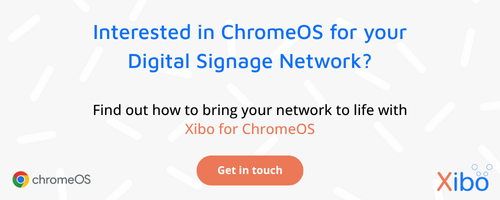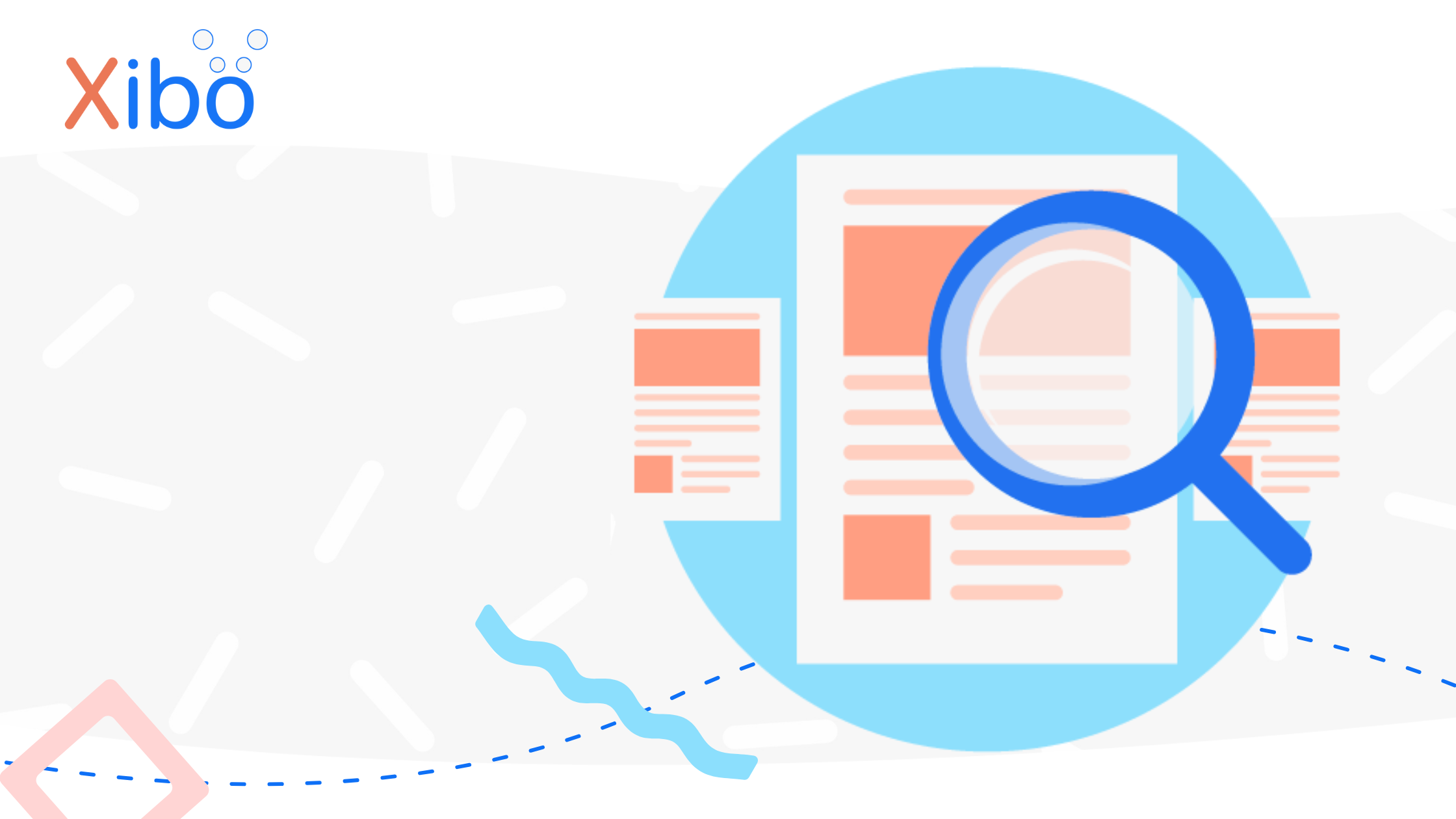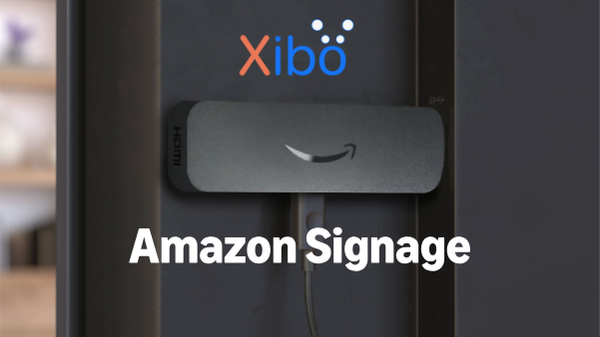Minimal Downtime: Why Reliability Is Key to Digital Signage Success
ChromeOS Essentials - Part 2
In the second instalment of our ChromeOS Essentials series, in partnership with Craig Francis, Partner Manager for ChromeOS, we’ll provide insight into how to reduce downtime, with a focus on infrastructure choices and the role your operating system can play in building a resilient deployment.
Whether digital signage is used to engage and convert shoppers in a shopping centre or to inform or educate students on a university campus, downtime disrupts experiences, hurts trust, and ultimately costs you revenue.
What Is Display Downtime?
Downtime is any period in which a screen is non-operational or fails to show the content it should. This can include blank screens, frozen frames, error messages, or outdated playlists. Whether the root cause is due to power failure, a software crash, or physical tampering, the result is the same: your message never reaches your audience.

Why Downtime Matters for Digital Signage
Digital signage is an effective communication tool for informing, engaging, and converting. But it can only work if the screen is powered on. Frequent or lengthy downtime can not only damage your reputation but also incur a loss of revenue. Preventing it therefore is business-critical.
Reliable device uptime means your content will continue to be shown and viewed, ensuring your message is seen when scheduled.
Key Considerations for Minimising Downtime
With this in mind, let’s take a look at some areas of consideration when looking to minimise downtime of your digital signage network. When 60% of companies experience unplanned downtime in digital signage due to technical issues, it’s clear that prior planning is in every business’s interest.
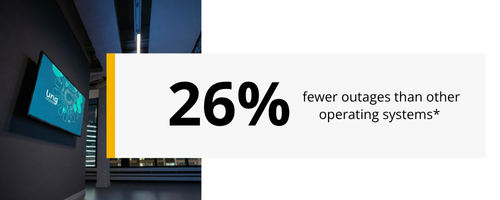
Choose a Reliable Operating System
Your operating system is the bedrock of your digital signage - if it fails, your whole setup goes down. That’s why it’s vital to choose a reliable operating system, and ChromeOS stands out as one of the most dependable options available, offering smooth uninterrupted media playback to keep your content always on display:
- Verified boot: ChromeOS checks the integrity of the operating system at every restart, and can rollback automatically to the last known safe version if tampering or corruption is detected.
- Fast boot-up: With less than 10-second boot-up times you can ensure your screens return to service quickly after a reboot or power loss.
- Kiosk mode: Lock your device in full screen and run without user login to ensure an optimal and seamless content experience.

Design for Failure
No network can be completely free of failure, no matter how well secured. Things can and do go wrong, whether local connectivity drops, brief outages, or hardware failure. That’s why planning for these events from the outset is key to minimising playback interruption:
- Offline playback & local caching: Look for digital signage software that offers functionality that ensures content continues to play even if the network goes down.
- Connectivity: Put in place redundancy measures such as backup connections or failover mechanisms to minimise downtime in case of network failures.
- Remove Device Management (RDM): Remotely reboot or restart displays, before issues escalate - drastically reducing resolution time and downtime. Be alerted when devices crash or go offline. ChromeOS simplifies the management of your organisation’s device fleet thanks to the easy-to-use, cloud-based Google Admin Console.
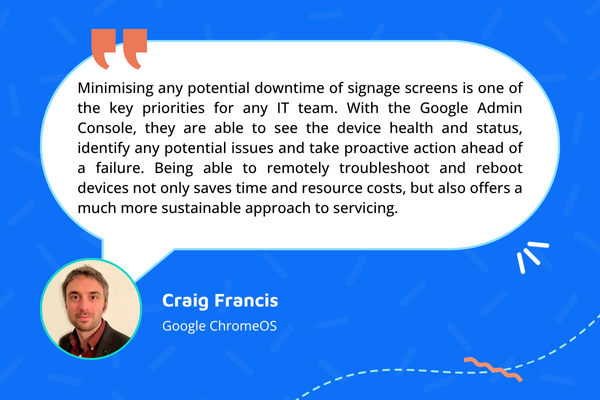
Prioritise Physical Security
Of course, even the most robust software security won’t matter if your device is tampered with or subject to an environmental threat. There are a few ways to ensure your devices stay operational in the long term:
- Proper ventilation and cooling: Screens and media players generate heat. Make sure devices are placed in well-ventilated areas and not exposed to direct sunlight.
- Outdoor signage readiness: Weatherproof enclosures or using outdoor-rated displays is essential if your digital signage is exposed to sun, snow, rain, or extreme temperatures.
- Vandalism protection: Protect screens from vandalism by installing locking enclosures or mounting external media players in secure locations.
- Regular inspections: Schedule physical checks for power connections, mounts, cables, and visible device health. Even basic maintenance can catch problems and prevent lengthy downtime.

Your Content, Always On Display
With these key considerations in mind, you can build a digital signage network that is prepared for the unexpected, ensuring your content remains always on display. Choose a reliable operating system for your communication.
Take advantage of this powerful operating system with Xibo for ChromeOS, natively built for ChromeOS and fully compatible with our open-source CMS.
Up Next
In the third instalment of our ChromeOS Essentials series, we’ll discover how remote device management can be used to bolster security, simplify deployment, and save time on maintenance.
Sources
AVIXA, Protecting Digital Signage from Damage: Best Practices and Strategies, 2023
IDC, The Business Value of ChromeOS for Kiosks & Digital Signage, 2023
